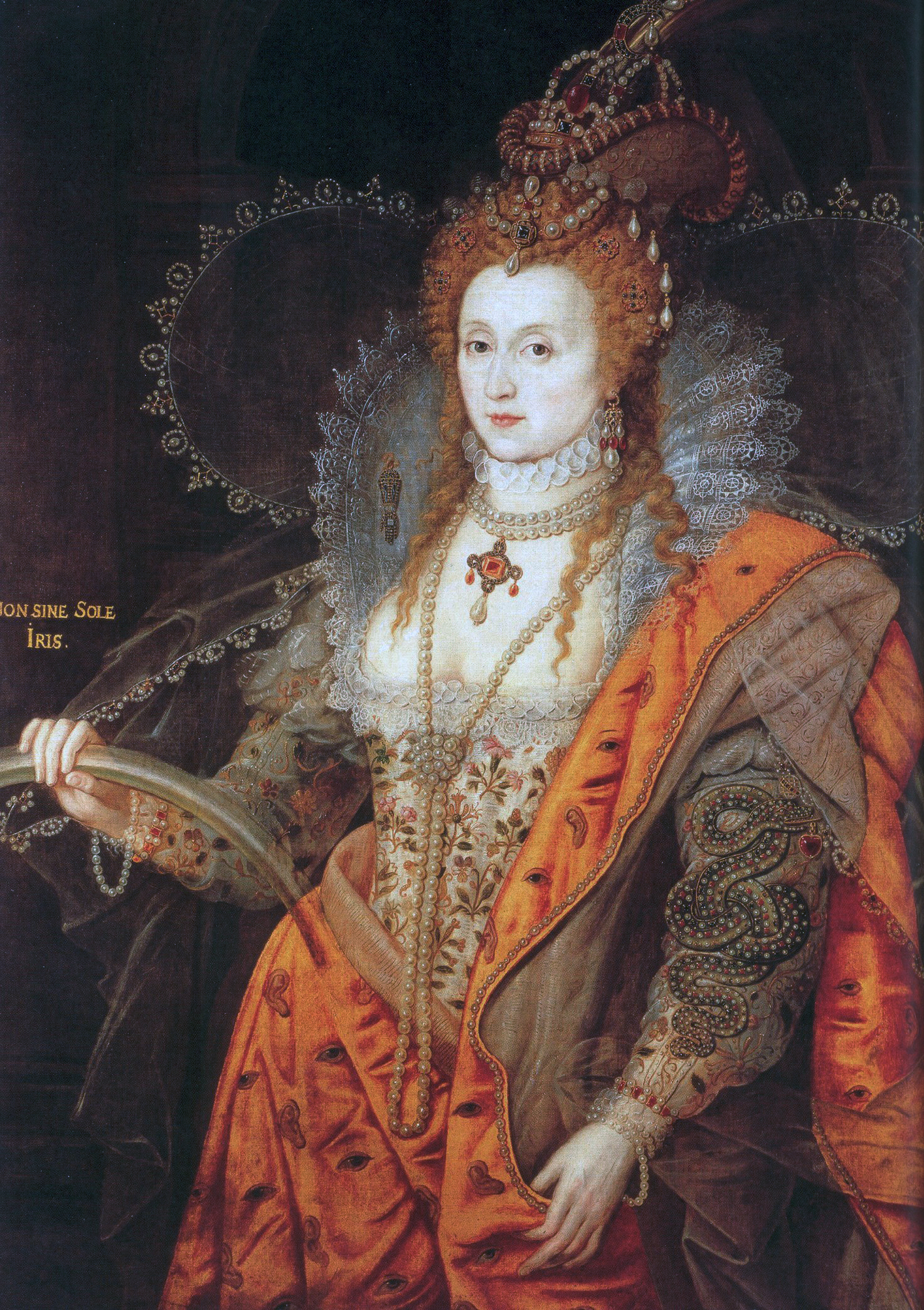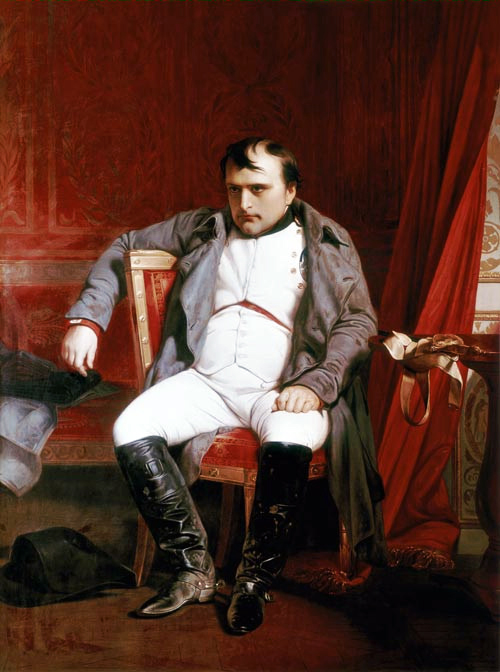Author branding: Lessons learned from royalty
/As a follow-up to my series on author branding (A Royal Undertaking), this post focuses on applying the lessons learned from the first personal branders – kings and queens throughout history.
 These were the people who first learned and demonstrated the power of a strong and consistent personal brand. Kings and queens needed their people to obey them, to respect them, and of course to pay taxes without storming the castle. Their personal brands could be communicated to all the places they could not go physically, to generate the acceptance they required to lead.
These were the people who first learned and demonstrated the power of a strong and consistent personal brand. Kings and queens needed their people to obey them, to respect them, and of course to pay taxes without storming the castle. Their personal brands could be communicated to all the places they could not go physically, to generate the acceptance they required to lead.
So what can authors, and truly anyone who needs a personal brand, really use from the royalty discussed in my series? First and foremost, remember that we are all the kings and queens of our own brand. BE A TYRANT. I remember hearing a story about Paul McCartney’s road crew complaining that he was difficult to work for because of his controlling and demanding management style. McCartney’s response? Hey, it’s my name on the marquee at every show, not yours.
From the Egyptian queen Hatshepsut we learned the basics to establish your personal brand:
- Definition. Values are the basis of your brand and guide what you will and won’t do in your business and in your life. Values are what you want people to know about you, and get to the core of who you are. Hatshepsut’s primary values were leadership and legacy. Remember, in personal branding, you are promoting yourself, not your book. Readers want to engage with authors who are real people.
- Opportunity. You can’t be all things to all people. Find a niche that will allow you to shine, and has subject areas that speak to you and can keep you interested. Branding is a long-term relationship. As pharaoh, Hatshepsut had the opportunity to build things, so she focused on art and architecture to create her legacy.
- Focus. Hatshepsut focused specifically on a few main things that addressed her values. Don’t participate in every book event or every charity, choose one or two that fit your brand values and dig in. Many authors support literacy, for example, because what would we be without readers? And don’t run yourself ragged trying to be on every social media platform. Choose the ones that really serve you and fit who you are.
- Endurance. A strong consistent brand can endure. Note that Hatshepsut’s has been around for nearly 3,500 years. Make sure your brand is authentic and something you can always support and protect.
Henry VIII: The key to King Henry’s personal brand is his persona. The powerful, charming, larger-than-life, man’s man image he created was something the citizens of his time already wanted, expected and respected in their king. He didn’t create something he wasn’t, but he did project and highlight those features that would please his audience. The virile king in shining armor beating his opponents in a jousting tournament, for example.
Authors, like royalty, can create a persona in the minds of their audiences and the general public, to thereby be remembered. What aspects of your personality define you? What interesting facts about your personal or professional background make you stand out, and are those aspects important to readers of your genre?
 Queen Elizabeth I took the next step by positioning herself in the minds of her audience. This was important because of the turmoil of her times, to distinguish herself from her sister – Bloody Mary – who ruled before her, and from her mother Anne Boleyn who had been executed for treason. Elizabeth distanced herself from these negative images by claiming her descendancy from the Trojans, King Arthur and Henry VIII, her divine right to rule, emphasizing her values of peace, religious unity, international trade and naval dominance, and her purpose to maintain the well-being, security and prosperity of her people.
Queen Elizabeth I took the next step by positioning herself in the minds of her audience. This was important because of the turmoil of her times, to distinguish herself from her sister – Bloody Mary – who ruled before her, and from her mother Anne Boleyn who had been executed for treason. Elizabeth distanced herself from these negative images by claiming her descendancy from the Trojans, King Arthur and Henry VIII, her divine right to rule, emphasizing her values of peace, religious unity, international trade and naval dominance, and her purpose to maintain the well-being, security and prosperity of her people.
- Your positioning statement should establish you firmly in the minds of your audience.
- Once developed, positioning can guide your marketing strategy and tactics to serve you for the long-term.
- The colors, imagery and messaging you use should support your positioning and persona, be thoughtful and consistent, and repeated again and again.
- Your persona must support your positioning statement and vice versa.
Louis XIV was the first royal I know of who, having defined values over fashion to drive his brand, insisted on written guidelines to maintain the brand’s consistency and therefore its power. A good written strategy helps ensure the brand is made visible and relevant to its target audiences.
 Lessons learned from Napoleon are more cautionary. To support a personal brand you must align your actions with your persona, and lean toward transparency rather than duplicity. When what you exhibit or say differs from what you actually do, you break down the trust that is essential to any brand. In today’s world of social media, we are all just an Instagram away from a trashed brand if we do not live our values. Napoleon also teaches us to listen to trusted advisors. Just as every writer needs an editor, every person needs to be open to other perspectives.
Lessons learned from Napoleon are more cautionary. To support a personal brand you must align your actions with your persona, and lean toward transparency rather than duplicity. When what you exhibit or say differs from what you actually do, you break down the trust that is essential to any brand. In today’s world of social media, we are all just an Instagram away from a trashed brand if we do not live our values. Napoleon also teaches us to listen to trusted advisors. Just as every writer needs an editor, every person needs to be open to other perspectives.
And from our American presidents Lincoln and Kennedy, we learn the value of harnessing the technology of the day to communicate most effectively with our audiences. Most definitely, today that is social media, but there are so many channels of communication available, so what is the most direct route from you to your audience, and how can you use it best? (Remember, content is king!)
Next week my post will walk you through the steps in a personal branding worksheet I first presented at the Amelia Island Book Festival in February. Sure, you could spend a year or two creating a personal brand. Or, with this worksheet and some soul searching, have your basic brand framed out in a matter of days.
 Embark on an adventure in Irish history with the novel Sharavogue, winner of the 2014 Royal Palm Literary Award. Now available from online booksellers. Author Nancy Blanton will be exhibiting at the South Carolina Book Festival in Columbia, SC, May 16-17, 2015. You may also connect with her on Facebook.
Embark on an adventure in Irish history with the novel Sharavogue, winner of the 2014 Royal Palm Literary Award. Now available from online booksellers. Author Nancy Blanton will be exhibiting at the South Carolina Book Festival in Columbia, SC, May 16-17, 2015. You may also connect with her on Facebook.



